China Made in China | 2016
"China Made in China," is an observation of internet censorship in China. As Americans, we have come accustomed to readily and easily accessed information. This information is so easily created and shared, that it has begun to get out of control, with falsehoods spreading and being seen as truth at an alarming rate... but more on that in future projects.
Meanwhile, in China the government has blocked countless sites in an attempt to limit and control its peoples' access to information. In 2010, Google severed ties with China in response to this. The irony in this lies in the fact that Google, Americans' #1 source of information, has granted us with information about China that the people of China themselves don't have access to.
"China Made in China," was created between Ohio, and Jingdezhen, China, which is often credited with being the birthplace of porcelain. The city has experience working in the material dating back 1,700 years, and is built almost entirely around the ceramic industry there. As with many cities in China, Jingdezhen is rapidly being altered by capitalism, with an unsettling juxtaposition of modern high rises encroaching on the workshops of ceramics artisans.
Data Collection
The data for "China Made in China," was downloaded via Google Earth in Ohio. By utilizing a combination of Sketchup, Google Earth, and Rhino, a 3D mesh was collected and compiled representing the topography of Jingdezhen.
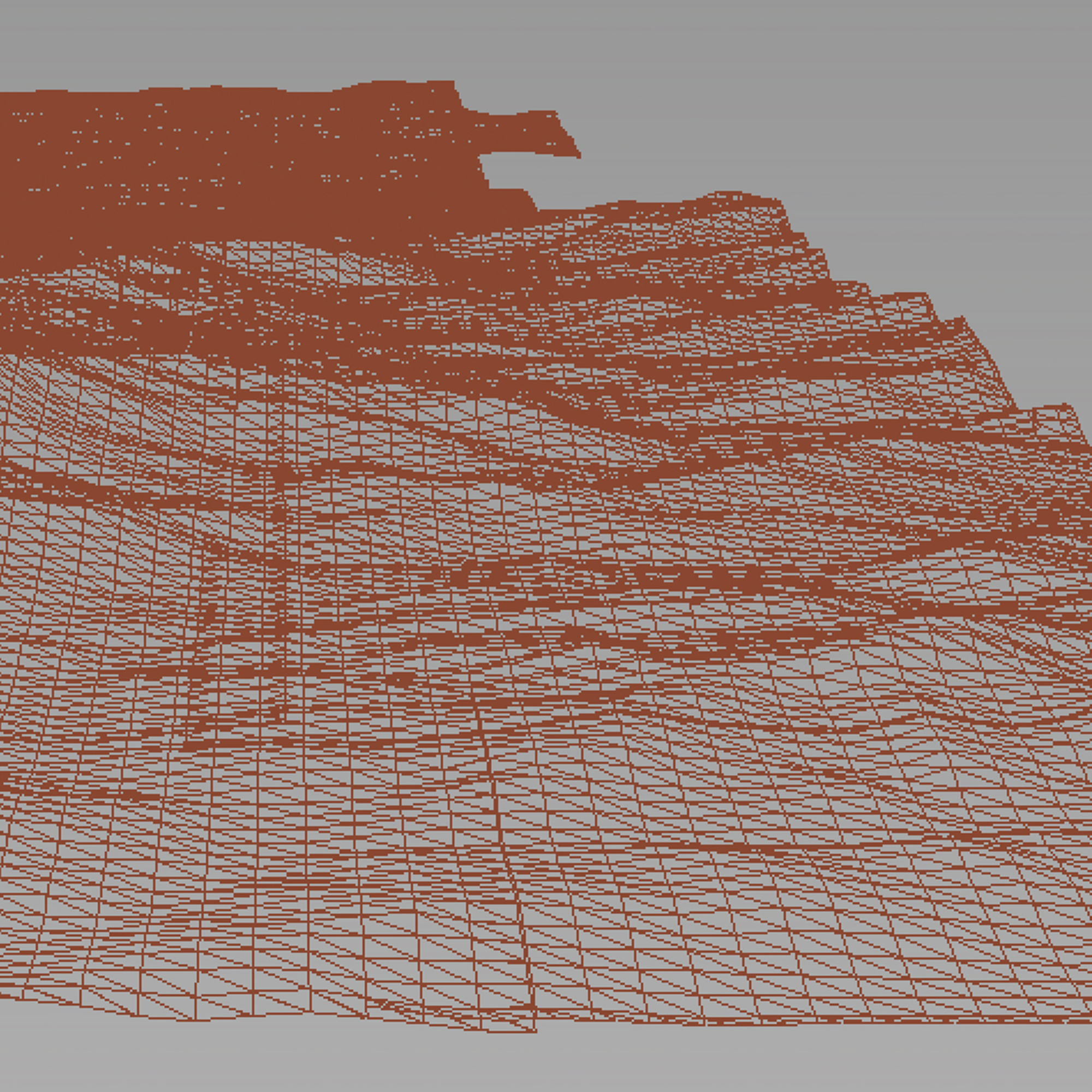
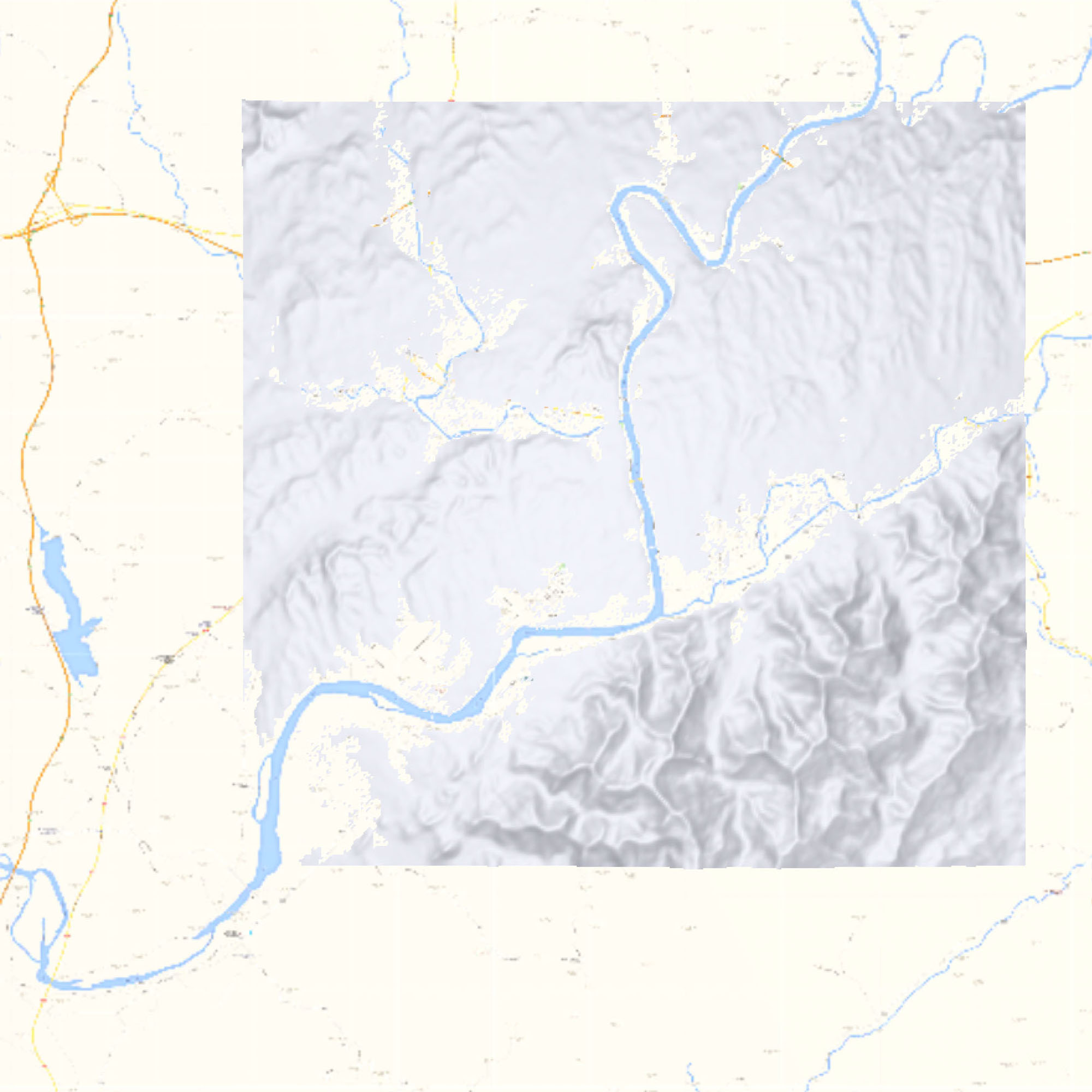
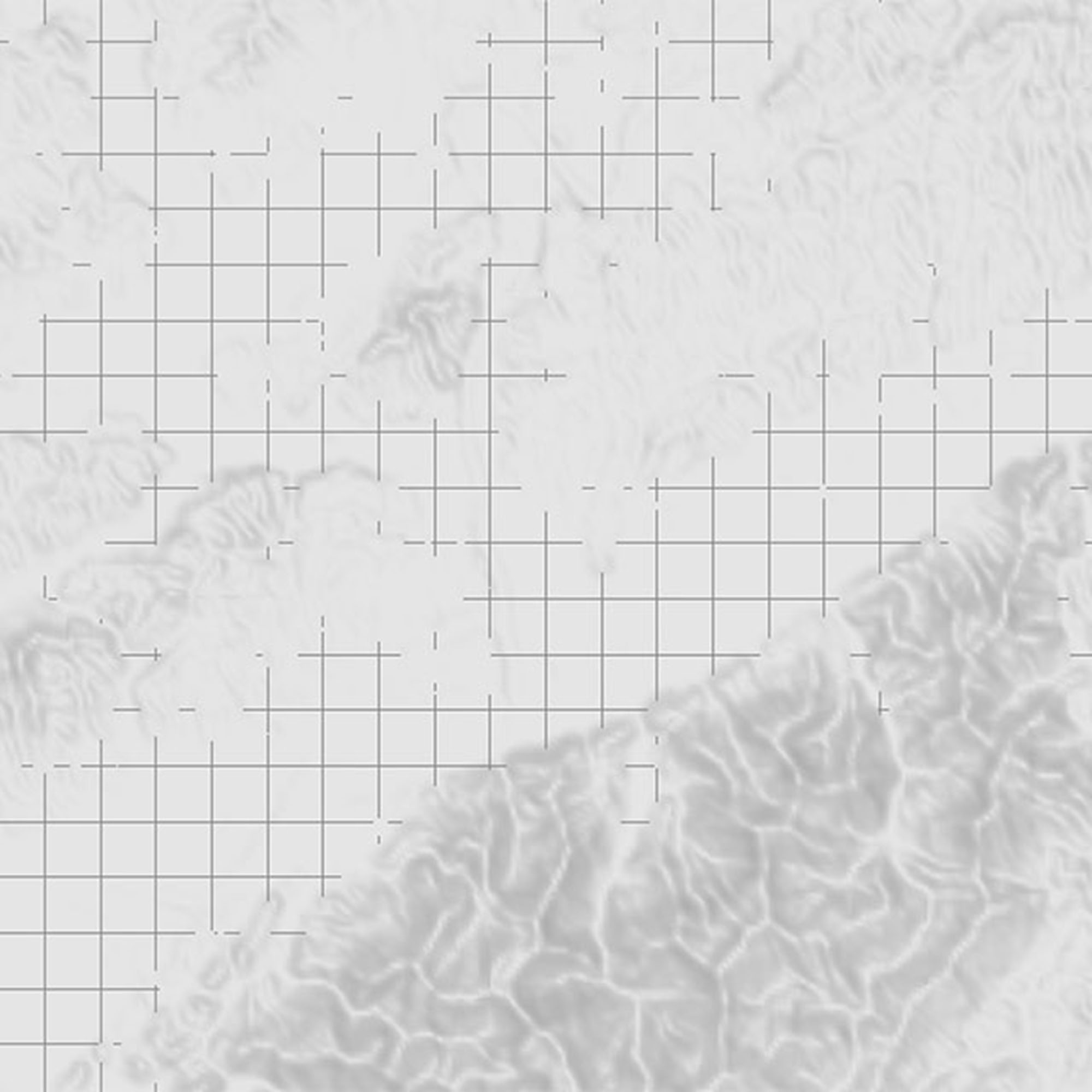
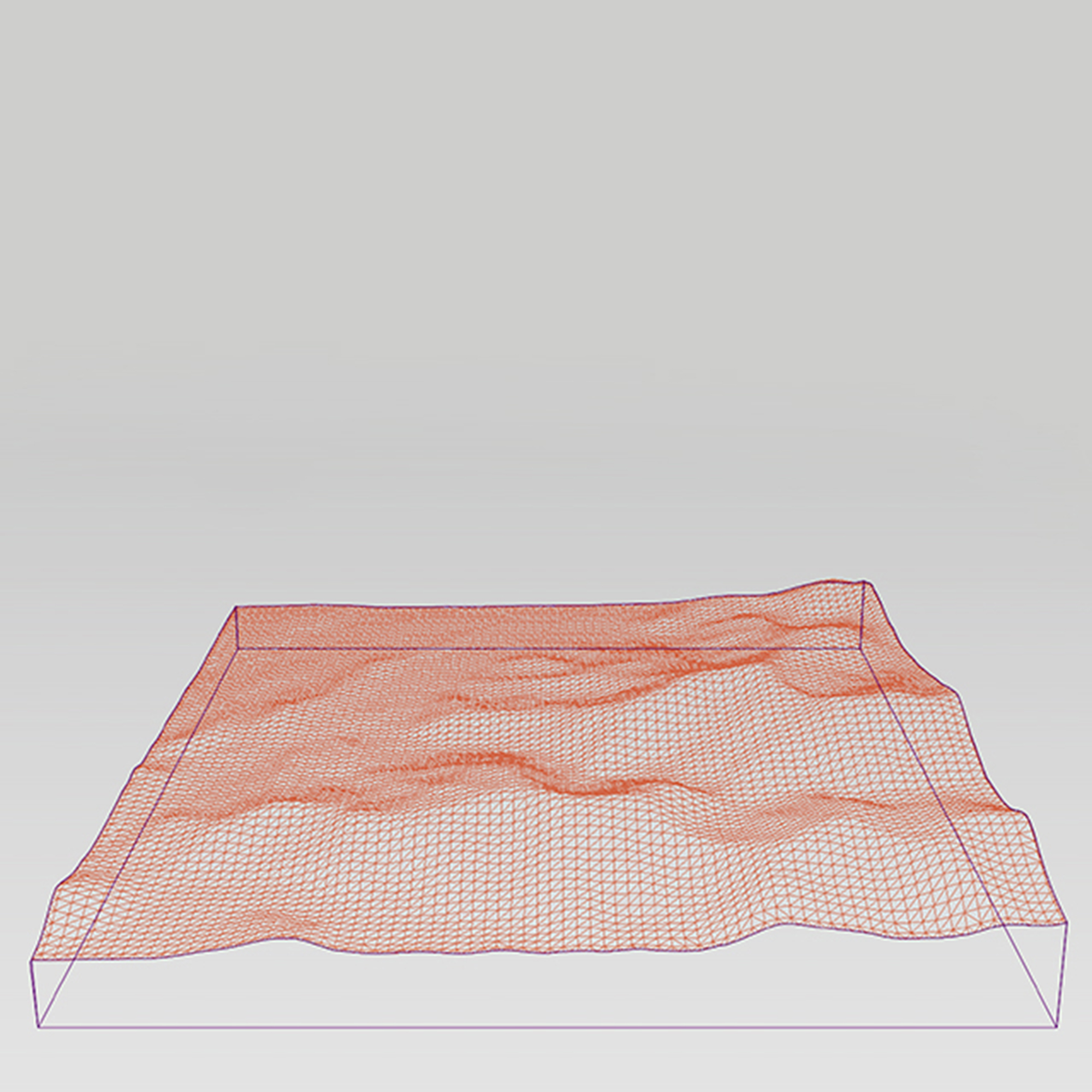
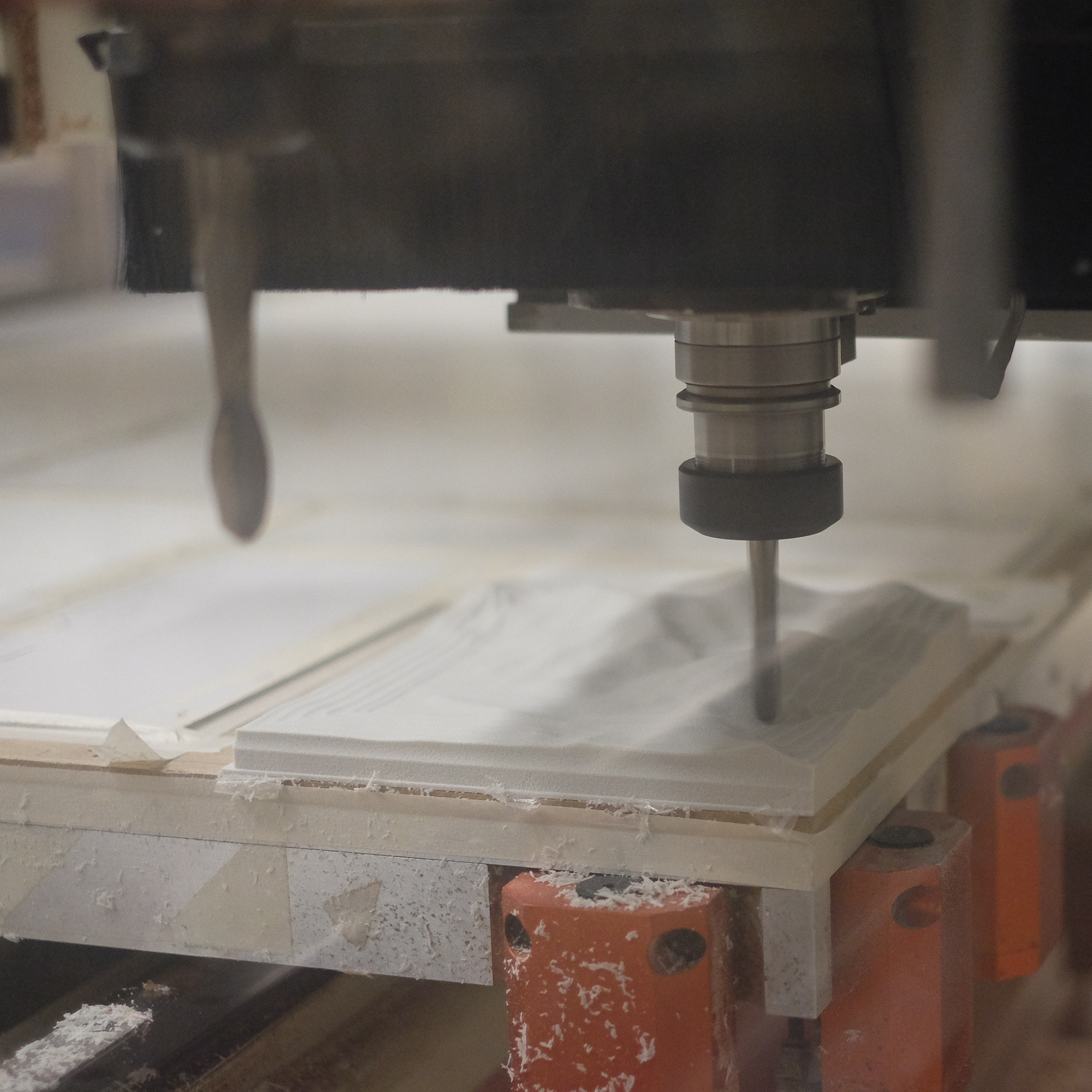
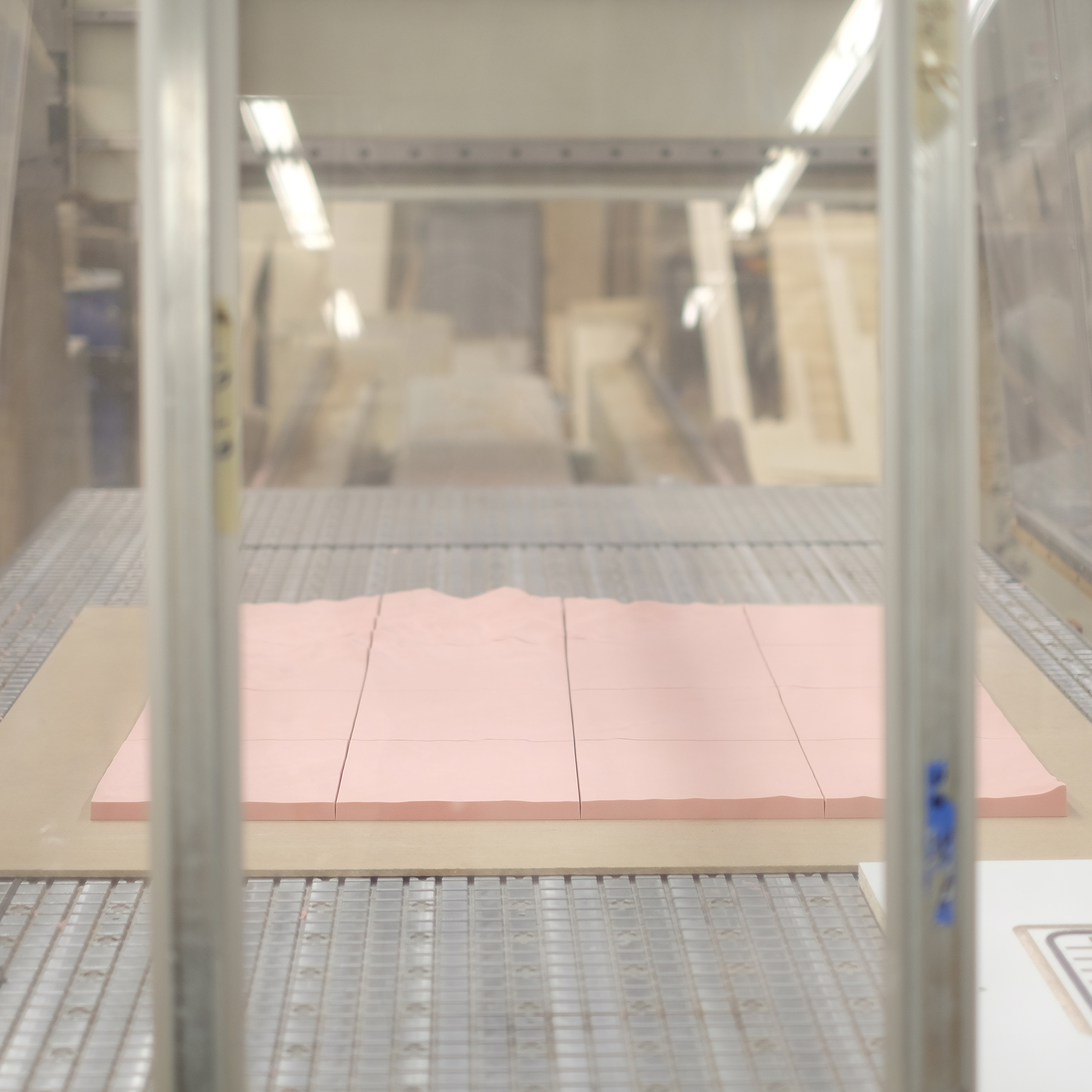
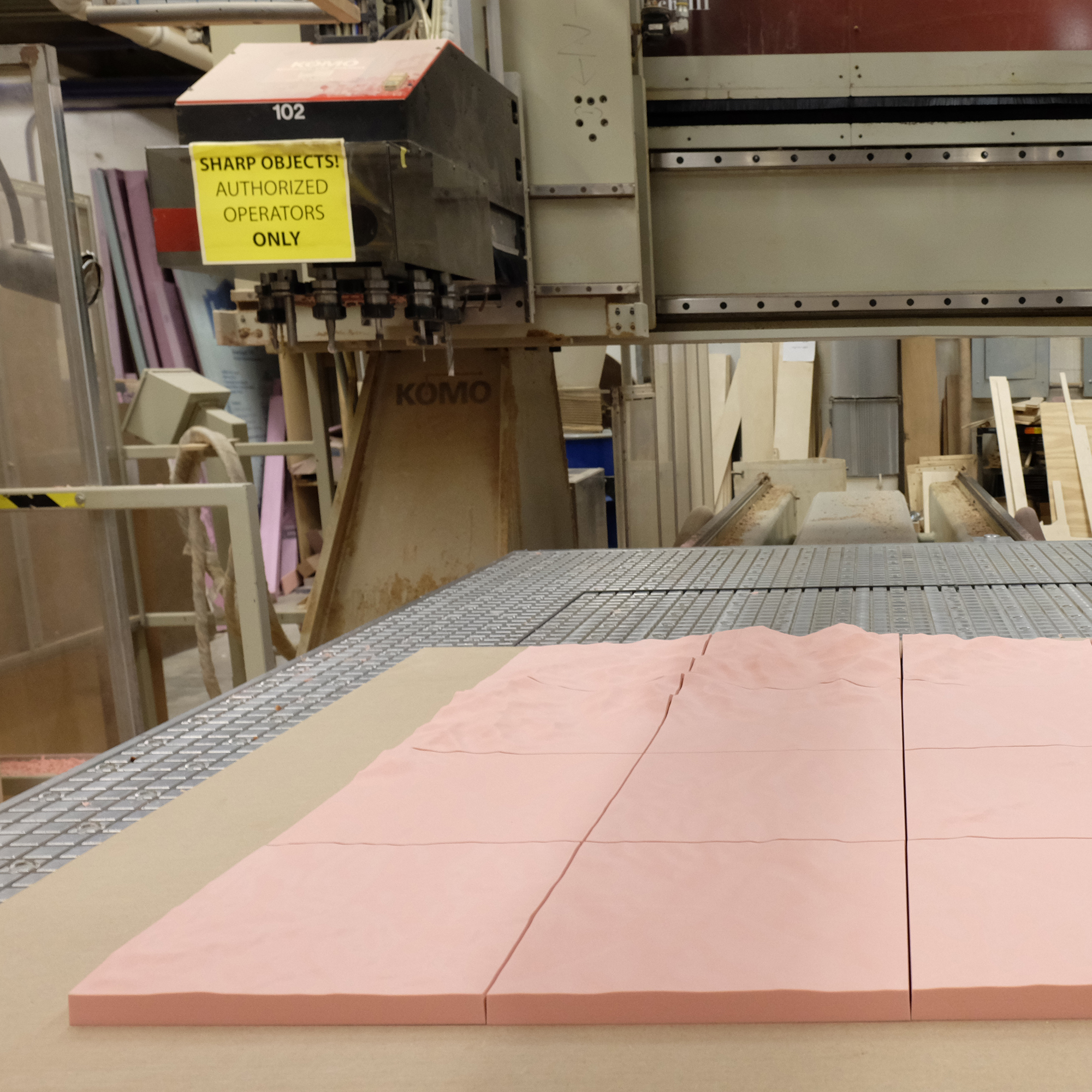
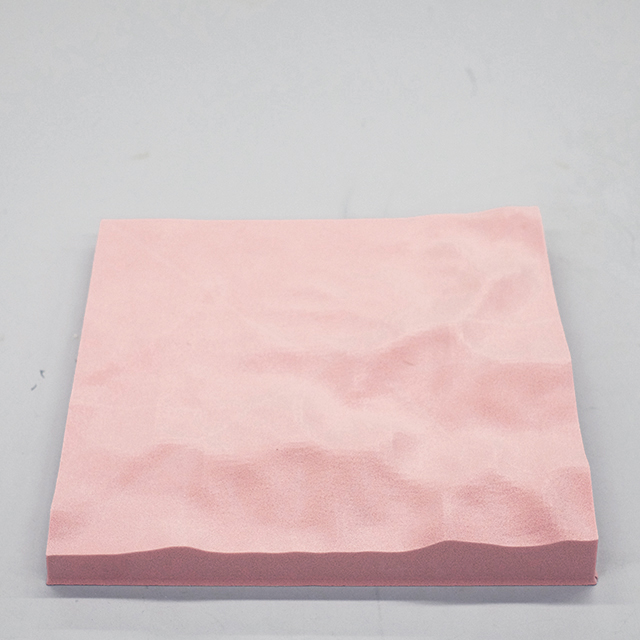
Data Materialization
This mesh was then broken into 16 different tiles, and machined into urethane foam on a CNC router. The machine holds tolerances within one thousandth of an inch, which clearly shows the mesh generated from the point cloud used when the topography was scanned.
Material Transformation
These urethane foam topographic "tiles" were taken to Jingdezhen, where they could be turned into the "super white" porcelain the city is known for. Master artisans created molds of each tile. The molds were dried under a kiln, and then used to cast porcelain into.
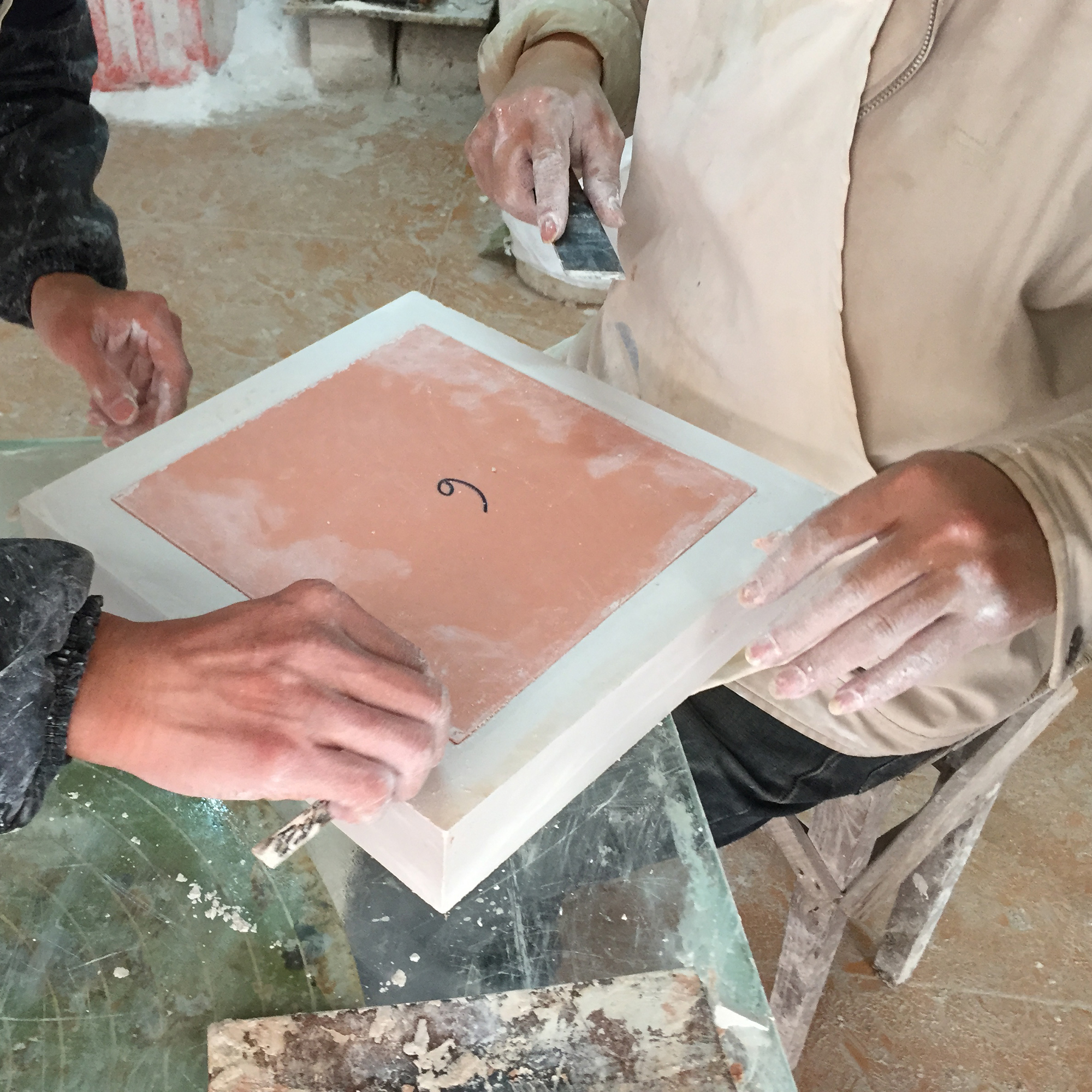
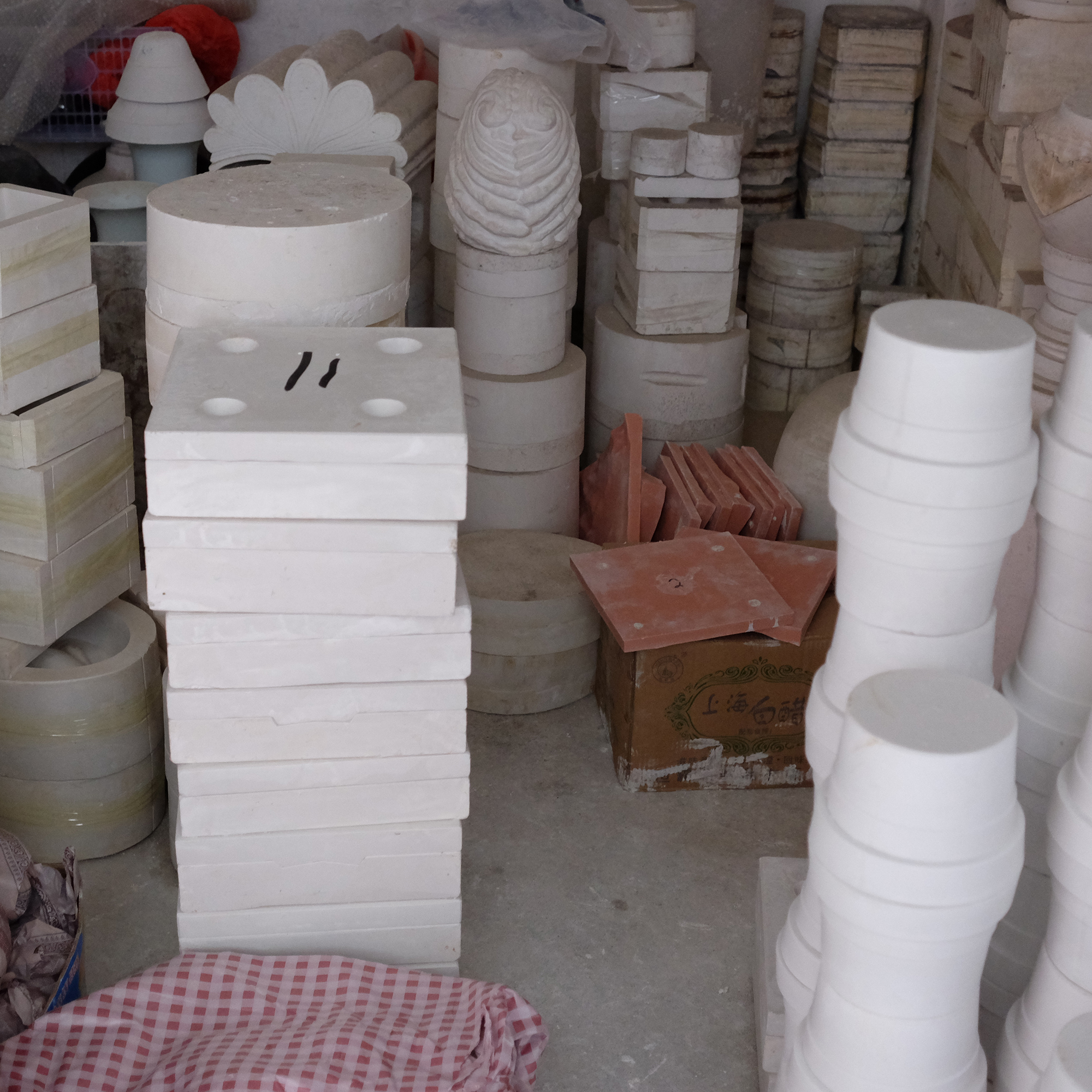
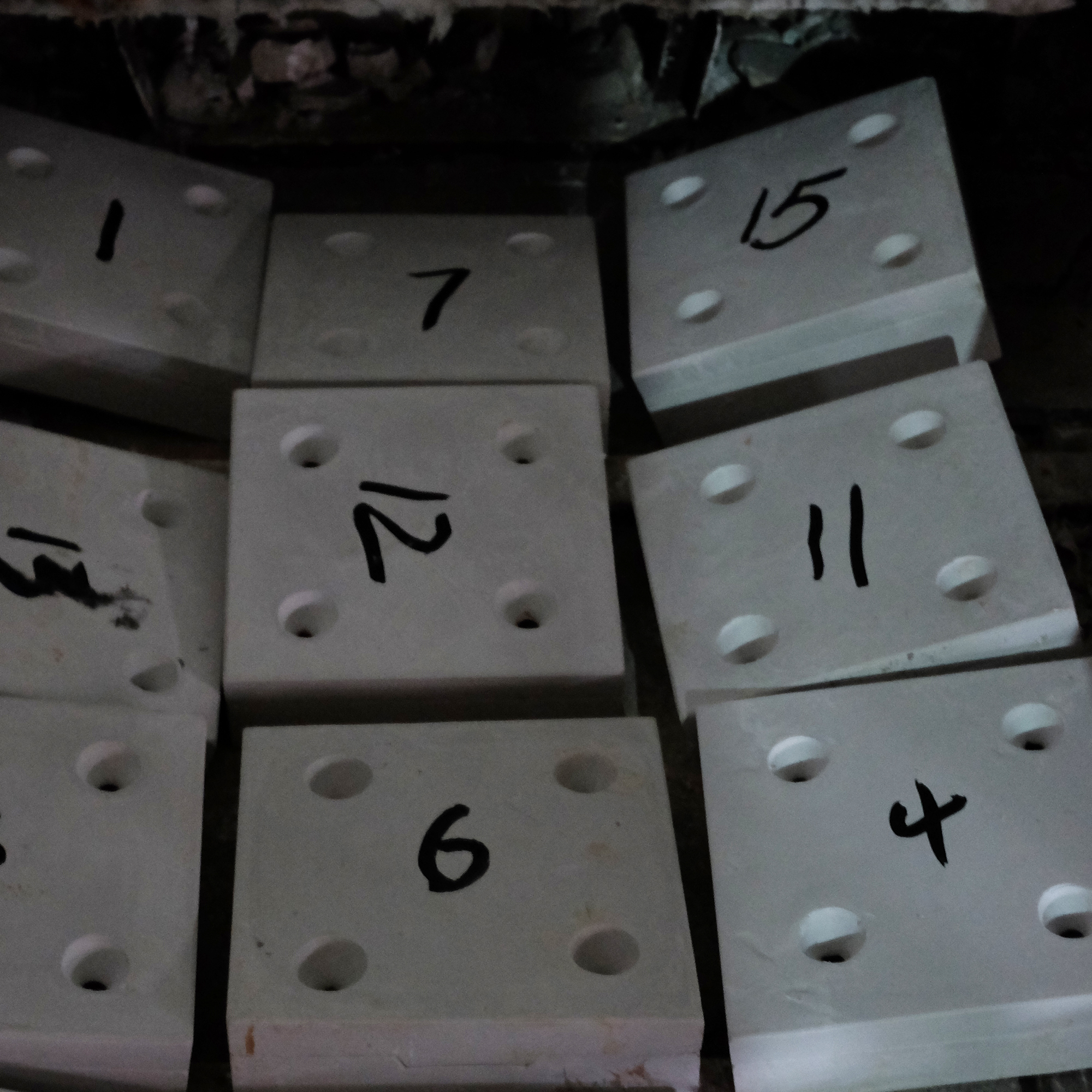
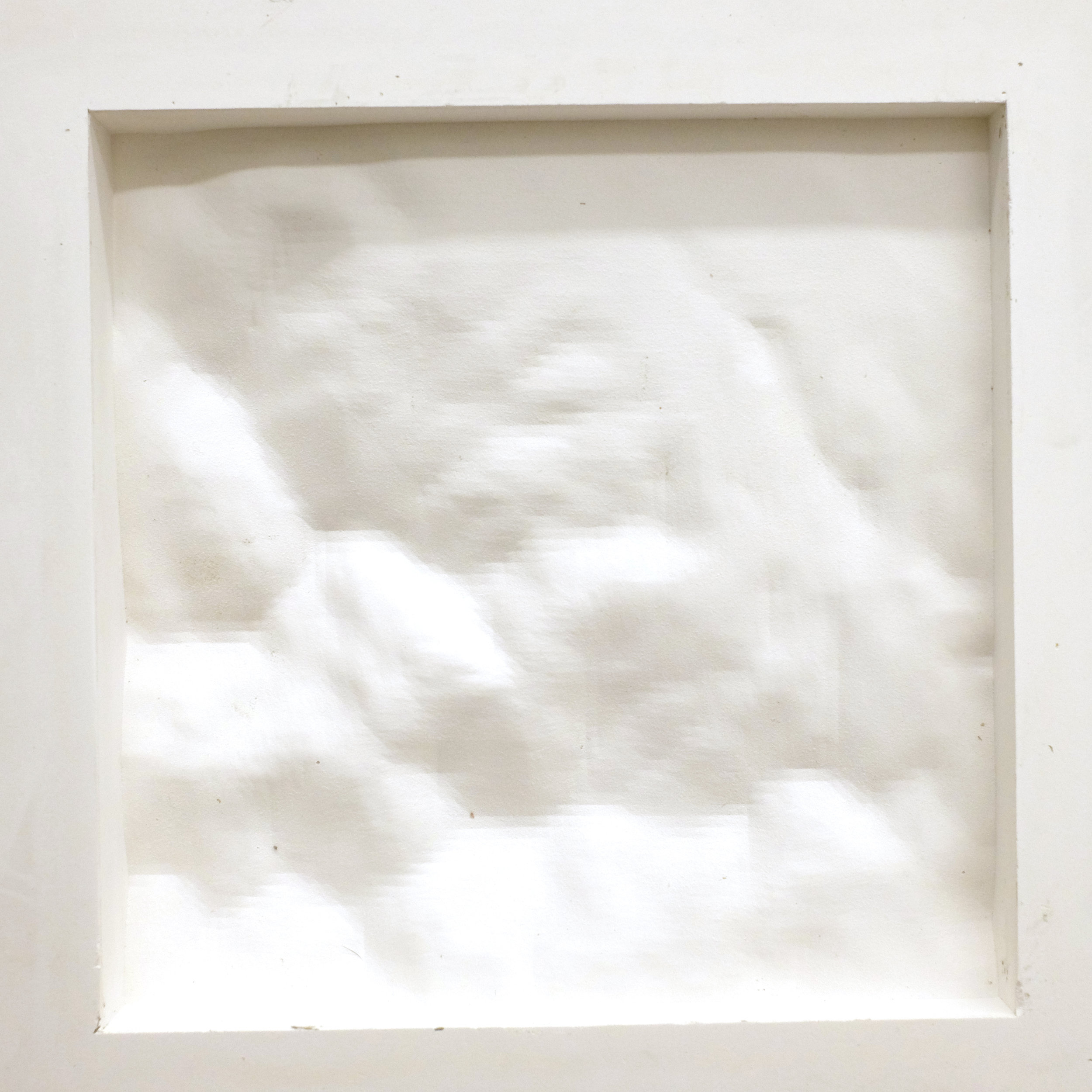
Creation
"Super White" porcelain was cast into the molds made from the urethane tiles. The resulting tiles were left unglazed to highlight the artifacts left behind from the mesh data representing the topography of Jingdezhen.
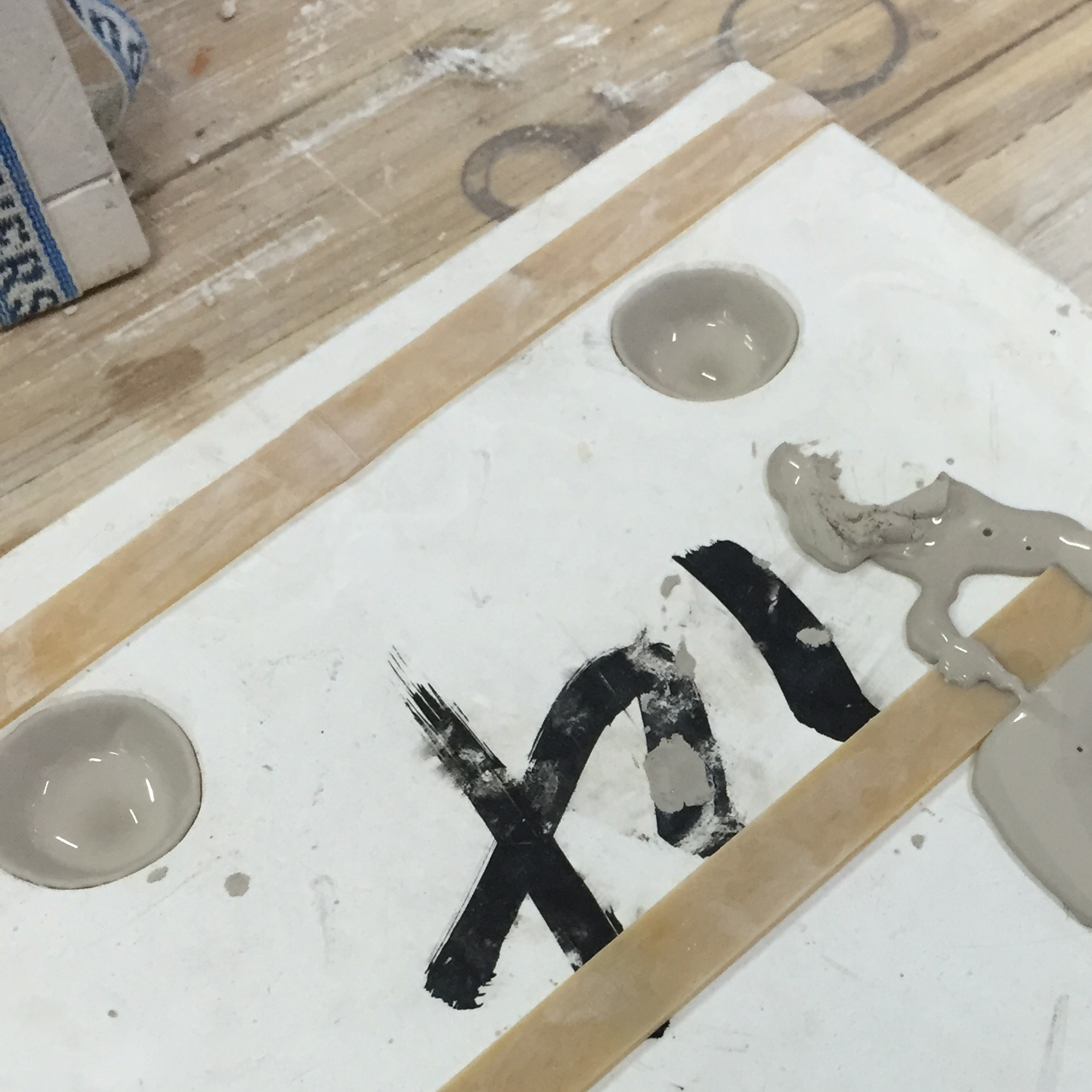
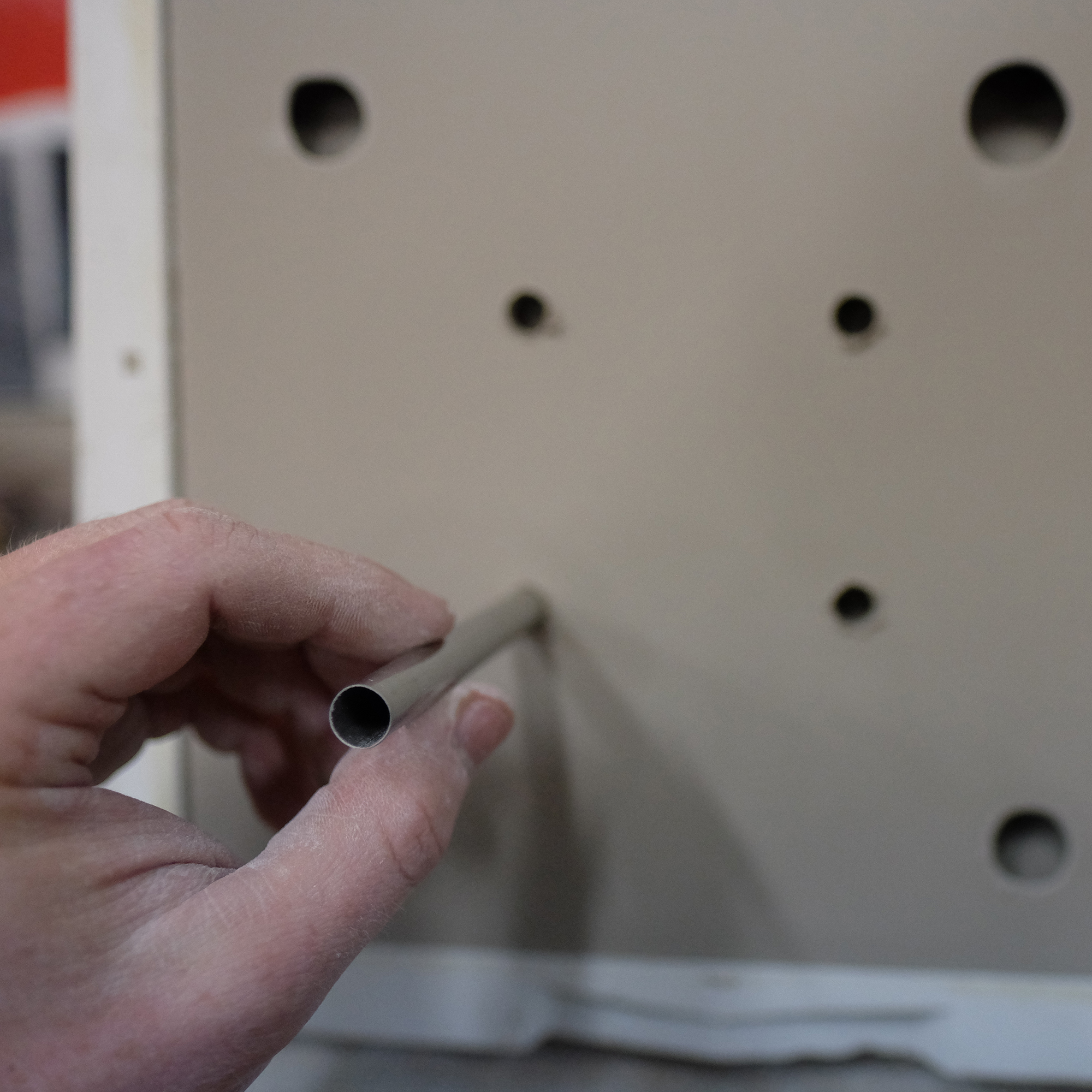
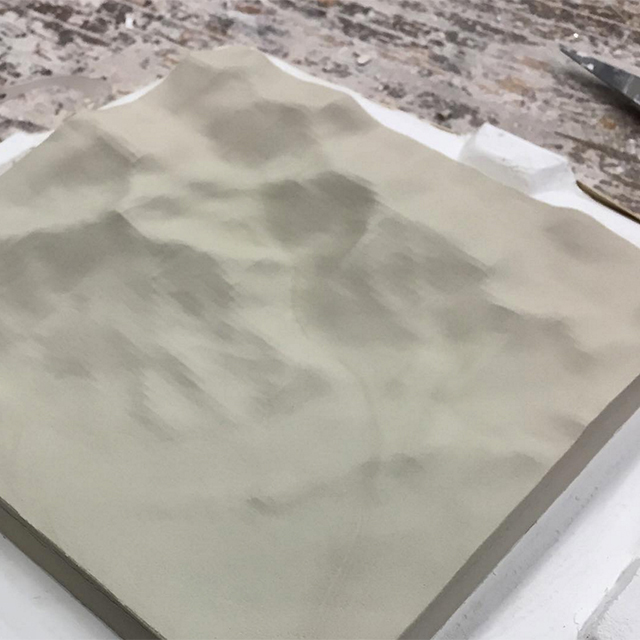
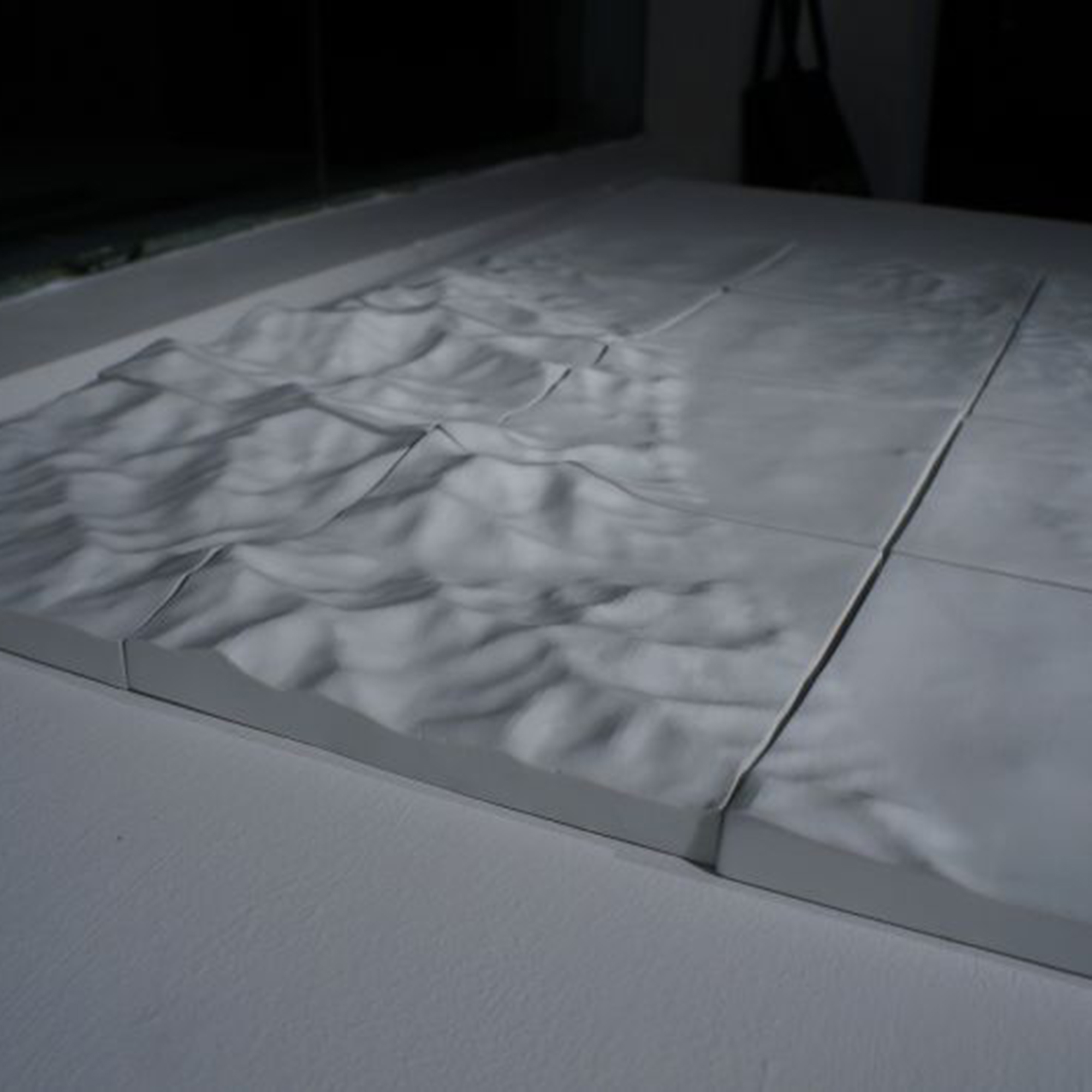
When in the Mufei Gallery, "China Made in China" was displayed along side a mold of one of the tiles, as well as the machined urethane tile from which it came. This is in response to the theme of the exhibition, which compared work created by the artists in Ohio, vs. the work they created in Jingdezhen.
In exhibitions since, the porcelain portion of "China Made in China" has been displayed alongside a satellite image of the area which the tiles represent.
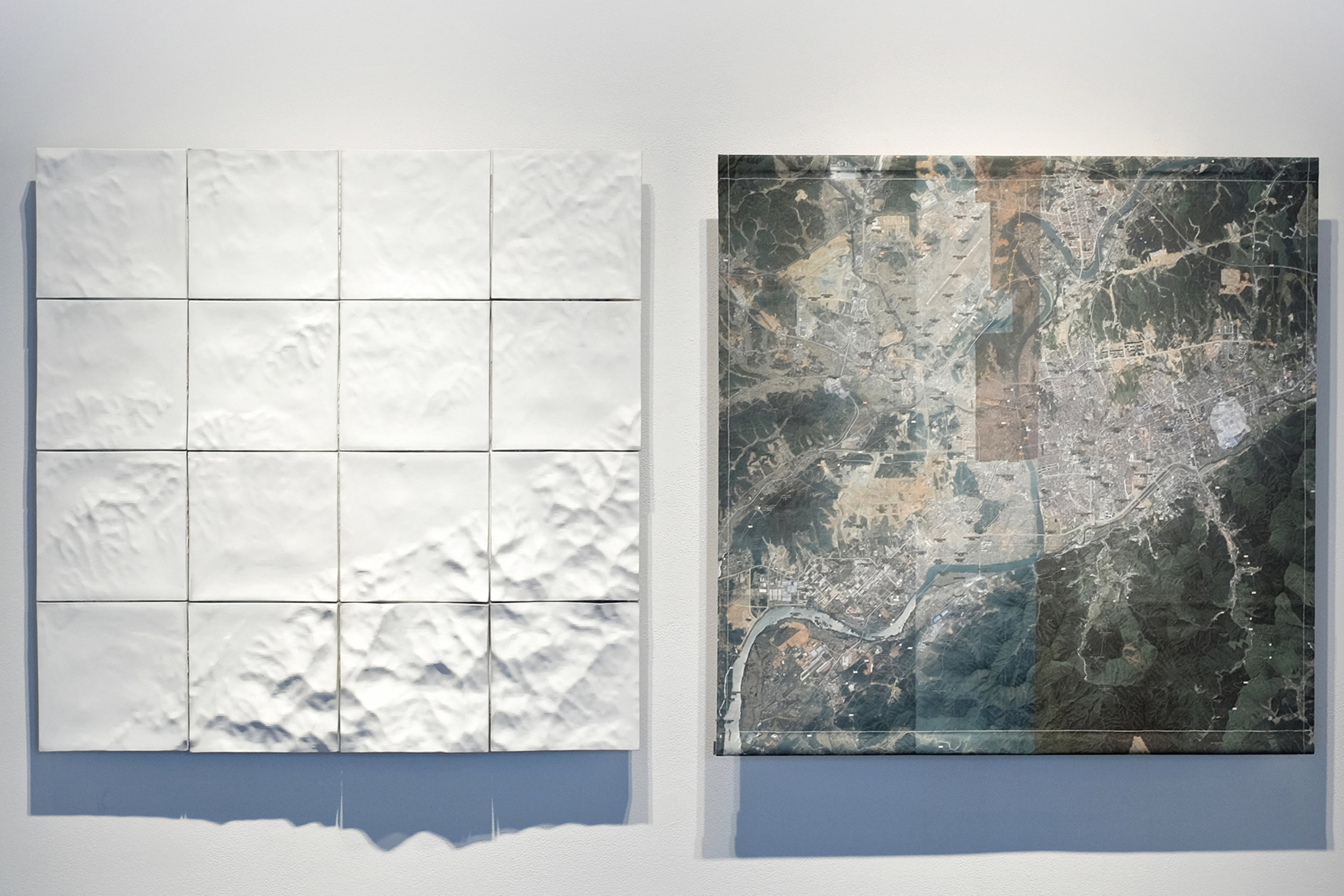
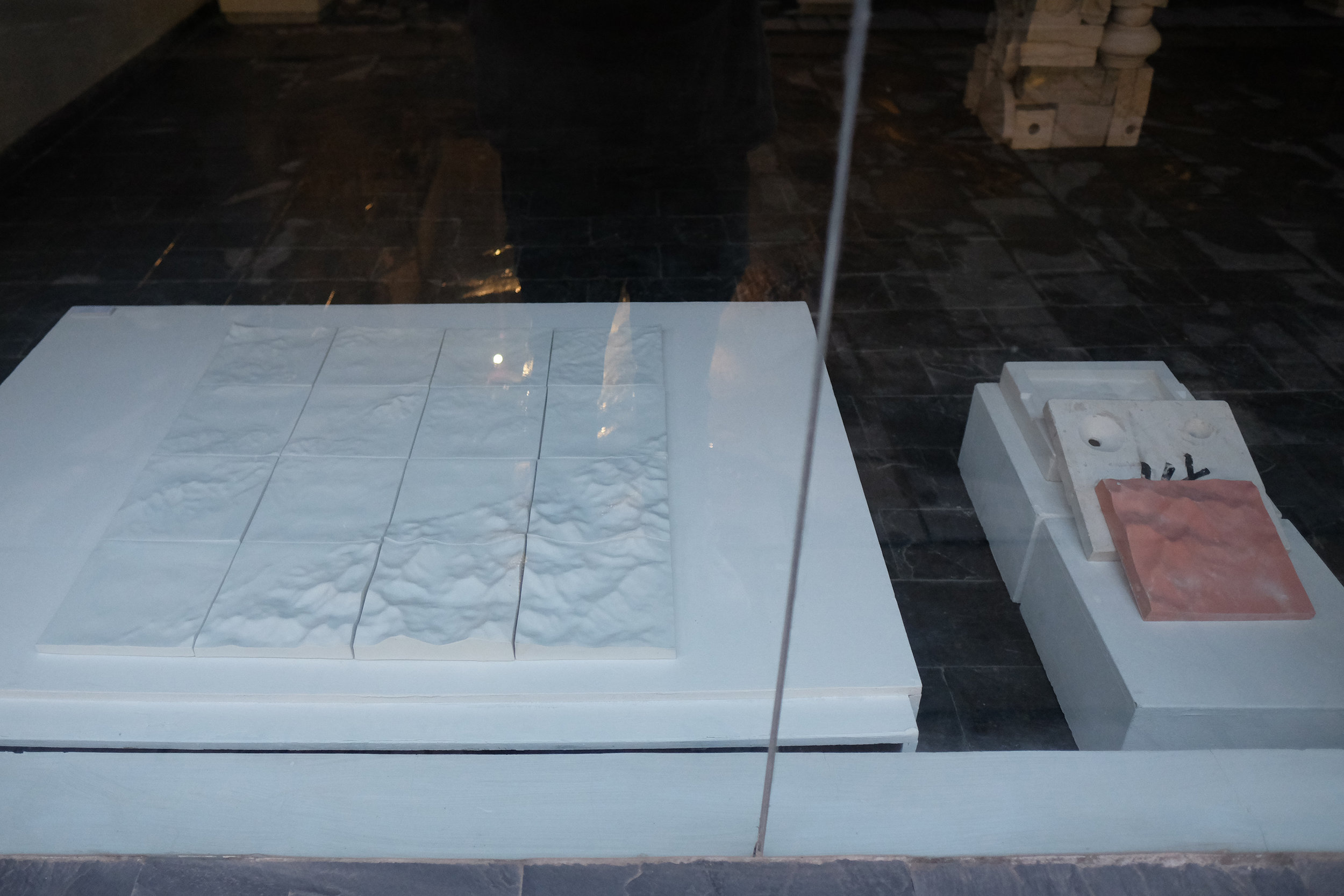
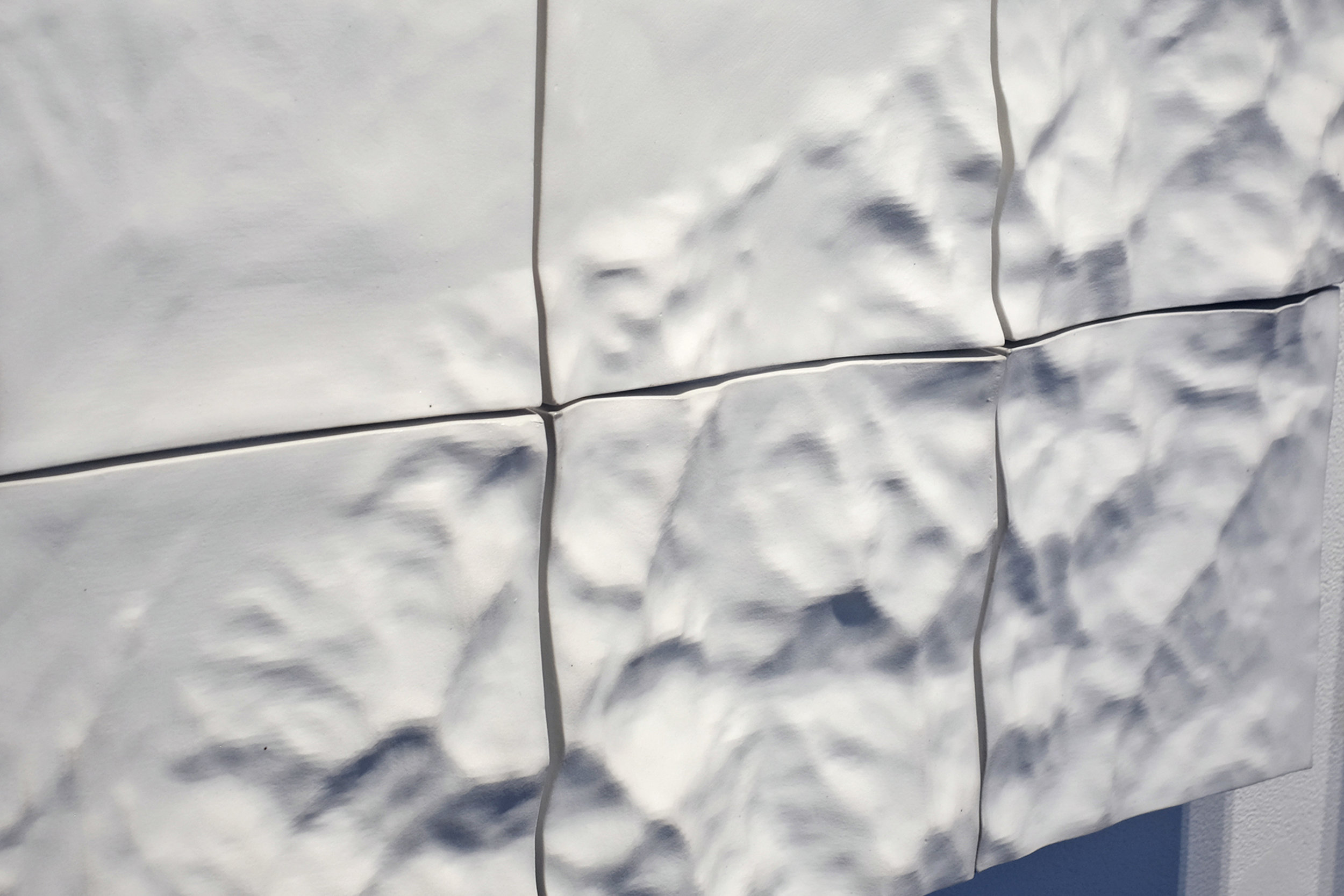
"China Made in China" has been exhibited at the Mufei Gallery in Jingdezhen, China, the Manifest Gallery in Cincinnati, Ohio, and Clay Art Press in Cincinnati.
